Daocheng County
Daocheng county is located in the southwestern edge of Sichuan Province, south of Ganzi. Located in the southeast of the Qinghai Tibet Plateau, the eastern side of Hengduan Mountains. It belongs to the Tibetan Autonomous Prefecture of Ganzi. Daocheng County spans 27 58 29 30 North latitude, 99 56 100 36 East longitude, 174 km north and South longitude, 63 km east and West width, east to Jiulong County, West to Xiangcheng County, north to Litang County, south to Muli Tibetan Autonomous County, and southwest to Diqing Tibetan Autonomous Prefecture of Yunnan Province.
By the end of 2011, Daocheng County had an area of 7,323 square kilometers, covering 12 townships, 2 towns, 2 communities and 124 villages. At the end of 2011, the total population was 32,450, of which more than 96% were Tibetans. In addition, there were Han, Naxi, Hui and Yi nationalities.
In 2011, the total output value of agriculture, forestry, animal husbandry and fishery reached 173 million yuan in Daocheng County, an increase of 26.2% over 2010. The total planting area of the crops is 3560.13 hectares, and the sown area of grain crops is 3143.4 hectares.
In September 25, 2018, the Ministry of Commerce received the honorary title of "e-commerce in 2018 into the rural comprehensive demonstration county".
Daocheng, the ancient name "rice dam". Tibetan means the open valley valley. The Eastern Han Dynasty was the land of the White Wolf and Qiang, the Tang Dynasty was the Tubo, the Yuan Dynasty was the Tubo and other road consolation division, Ming was the Dogan Dusi, Qing was the Litang Tusi. Guangxu thirty-three years (AD 1911) formally approved the establishment of "rice Cheng county", belonging to Kangding Prefecture. "Xikang Tu Jing" records: "Guangxu 33 years, because of the trial planting rice here, so renamed Daocheng County, wish its success. In the twenty-eighth year of the Republic of China (1939), Xikang Province was established, renamed Daocheng County, Xikang Province is the fifth administrative supervision area. December 1950 belongs to Xikang Tibetan Autonomous Region. In 1955, it belonged to Xikang Tibetan Autonomous Prefecture. In 1955, it belonged to Ganzi Tibetan Autonomous Prefecture of Sichuan province.
In 2000, Daocheng County had 1 town and 13 townships: Jinzhu Town, Sangdui Township, Mother Town of the Province, Binhe Township, Salad Township, Julong Township, Deng Bo Township, Mula Township, Chitu Township, Riwa Township, Mengzi Township, Ka Township, Jiga Township, Russian Tooth Township.
In January 25, 2002, the village of renwa was renamed Shangri-La township.
In 2004, Daocheng county administer 1 towns and 13 townships.
On February 10, 2009, the Sichuan Provincial People's Government (No. 6 of Sichuan Civil Administration agreed to remove Shangri-La Township and build a town in Daocheng County. The Shangri-La Township was abolished and a new Shangri-La Town was built. The people's government of the town was stationed in the village of Bayong, and the former Shangri-La Township was under its jurisdiction.
Daocheng County is located in the southwestern edge of Sichuan Province, southwest of Ganzi Prefecture, in the southeastern Qinghai-Tibet Plateau, on the eastern side of the Hengduan Mountains. Daocheng County spans 27?58'-29?30', 99?56'-100?36', 174 km long in the north and 63 km wide in the East and west. East and Jiulong County, West and Xiangcheng County, North Litang County, South and Muli Tibetan Autonomous County, southwest and Yunnan Diqing Tibetan Autonomous Prefecture, an area of 7323 square kilometers.
There are more than 1000 woody plants in Daocheng County, mainly pine, cypress, Chinese fir and oak. The wild Chinese medicinal materials in Daocheng County include Cordyceps militaris, Fritillaria, Astragalus membranaceus, Rhubarb, Gentiana, Snow Lotus, Ganoderma lucidum and Rhodiola. There are 57 species of wild edible fungi. Due to the influence of the special geographical environment of the North-South trending of the mountains and the north-high-south lowland, the temperate flora, the subtropical flora and the Himalayan flora are gathered in Daocheng County.
There are 1118 species of vascular plants in about 121 families, 430 genera, 103 species of ferns in 20 families, 34 genera and 1015 species of seed plants in 101 families, 396 genera in Daocheng County. Among them, the endemic species are: cold-bracted, acute-pointed long-bracted fir, Sichuan-Yunnan cold-bracted, yellow fruit fir, Lijiang fir, oil-wheat suspense, big sequoia, dry cedar, Yunnan oil fir, dried winter melon, wood, order goose palm, flat-core wood, whipping hydrangea, bushes and weaves, Yunnan-Yunnan yellow Ling, celery, leopard flower, etc. There are 8 species of ERON, Bruce fir, Lijiang hemlock, peach seven, star anise, Sichuan peony, golden iron lock and so on.

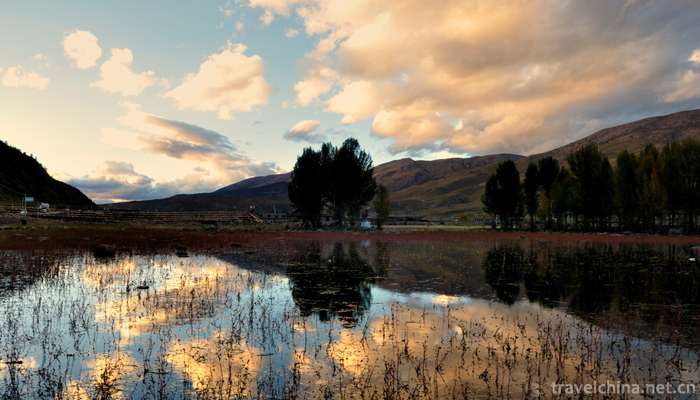
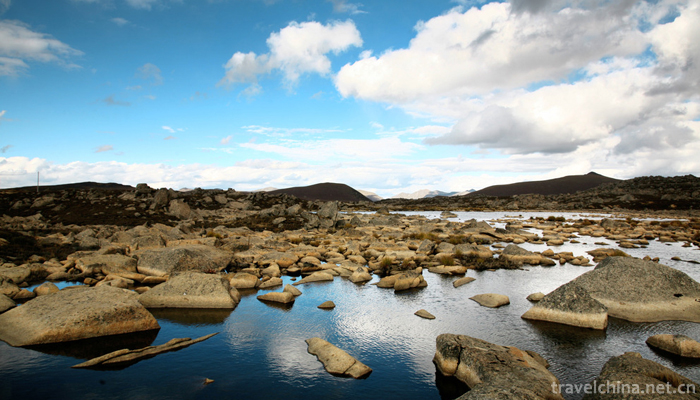
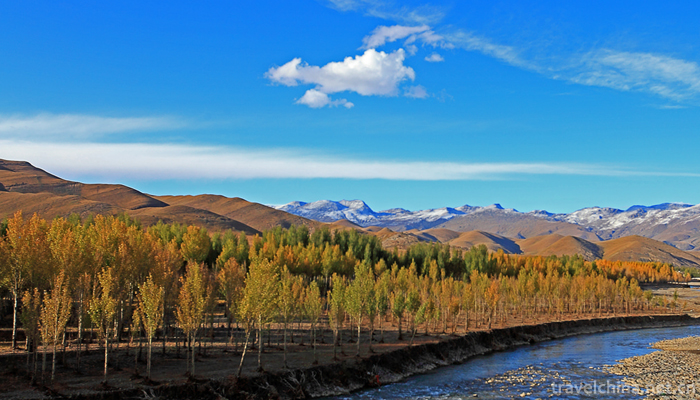


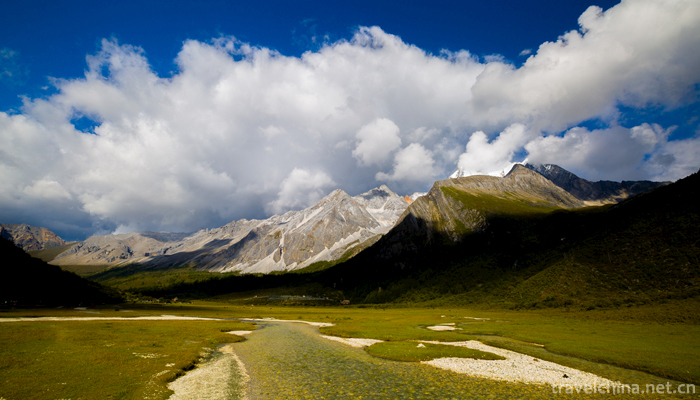
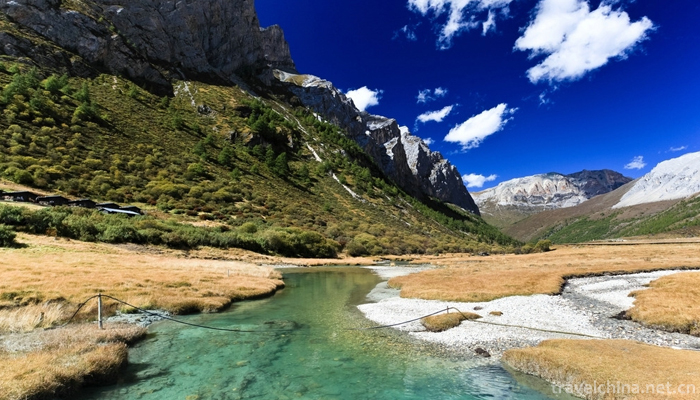


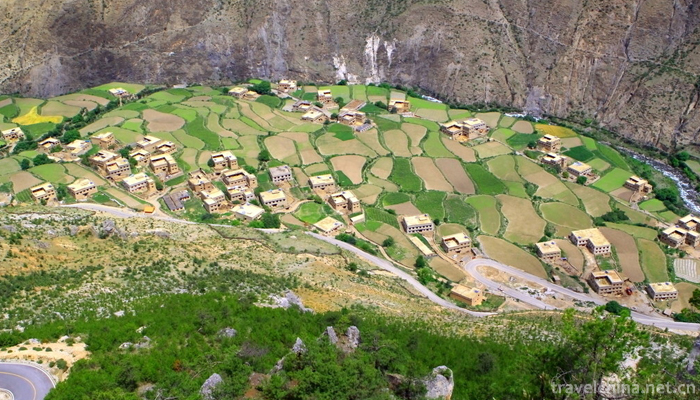




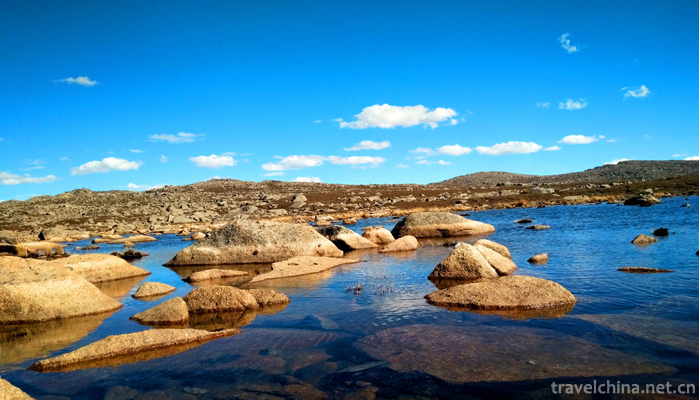


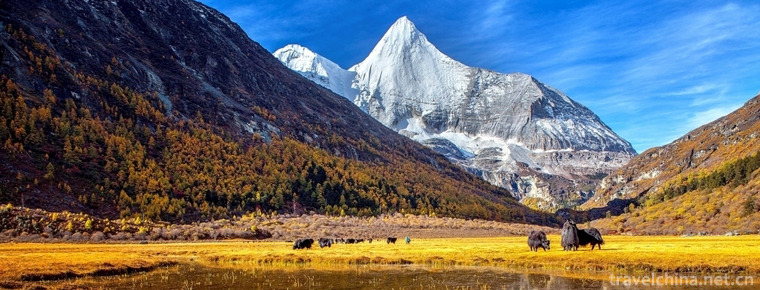
-
1.Mao tofu Fried bean curd
Mao tofu Fried bean curd is a famous traditional dish in Huizhou, Anhui Province, and is well known for its vegetarian delicacies at home and abroad.
Time 2018-11-27 -
2.Helan Mountain Rock Painting
Helan Mountain Rock Painting is a national key cultural relics protection unit, the national AAAA level tourist attractions, the national research tourism demonstration base (2016 one of the first 20)
Time 2019-01-13 -
3.Tengtou Ecological Tourism Area
Embedded between Fenghua and Xikou, Tengtou Eco-tourism Area is located in Xiaojiang Plain, close to Jiangba and Yongxi Highway. Located 6 kilometers north of Fenghua City
Time 2019-02-13 -
4.Chentang Sherpa Singing and Dancing
Chen Tang Sherpa Song and Dance is a traditional folk song and dance in the Sherpa community of Tibet. Accompanied by "Zhanlie" (Six Strings) and "Biwang" (Huqin).
Time 2019-04-16 -
5.Song and dance duet
Errentai is commonly known as Dual Items, two classes. Originated in Shanxi and growing up in Inner Mongolia, it is a traditional opera popular in the central and Western Inner Mongolia Autonomous Reg
Time 2019-04-29 -
6.Ancient Platform Building Skills
Architectural skill of ancient stage is an important traditional skill in folk architecture. In the traditional techniques of ancient stage construction, sawyers, big woodworkers, small woodworkers
Time 2019-05-01 -
7.Dark pass
Dark pass Dark Biography, as the first Creation Epic of the Han nationality, is represented by folk songs and songs. It began to circulate in the Ming and Qing Dynasties.
Time 2019-05-03 -
8.Mulberry Paper Making Skills
Mulberry paper is pale yellow. Mulberry paper with exquisite craftsmanship has obvious fiber structure. Mulberry paper is basically used as the page in local government books and books formed in Ming
Time 2019-06-12 -
9.Shaoxing opera
Vietnam Opera is the second largest opera in China, known as the second national opera, also known as the "most widely circulated local opera". Some people think that it is the "largest
Time 2019-07-16 -
10.Liushi Manorial Museum
Dayi Liushi manoral museum is located at No.15, Jingui street, Anren Town, Dayi County, Chengdu City, Sichuan Province. It is one of the important historical sites and representative buildings in modern China.
Time 2020-11-05 -
11.Deyang local culture
On April 2, 2013, the Information Office of the people's Government of Deyang City, Sichuan Province announced the city logo of Deyang to the public. Among them, "the source of ancient Shu, the city of heavy loading" has become the main logo of Deyang City
Time 2020-12-14 -
12.Neijiang cultural undertakings
By the end of 2019, there are 121 performing arts venues in Neijiang City, including 6 cultural venues. There are 5 museums, 5 cultural relics protection and management institutions, 7 national key cultural relics protection units, 42 provincial cultural relics
Time 2020-12-16